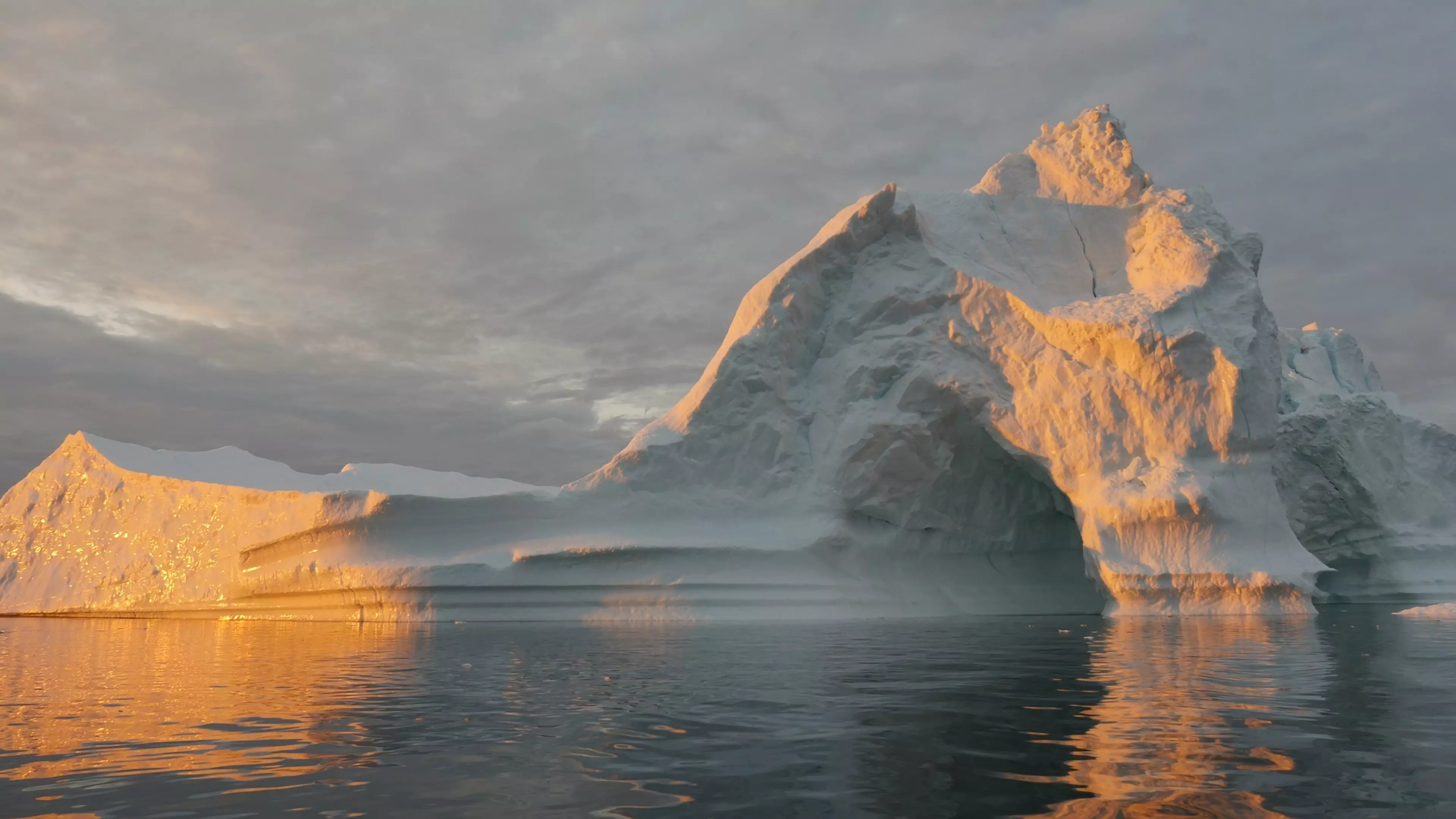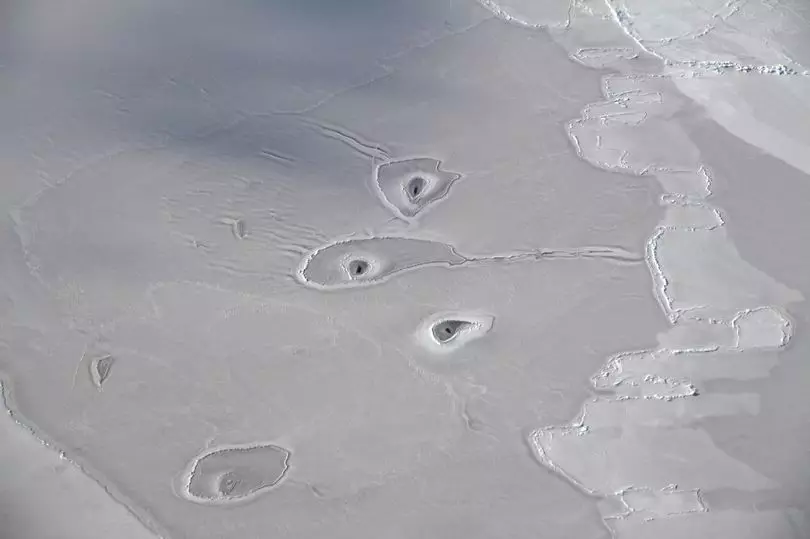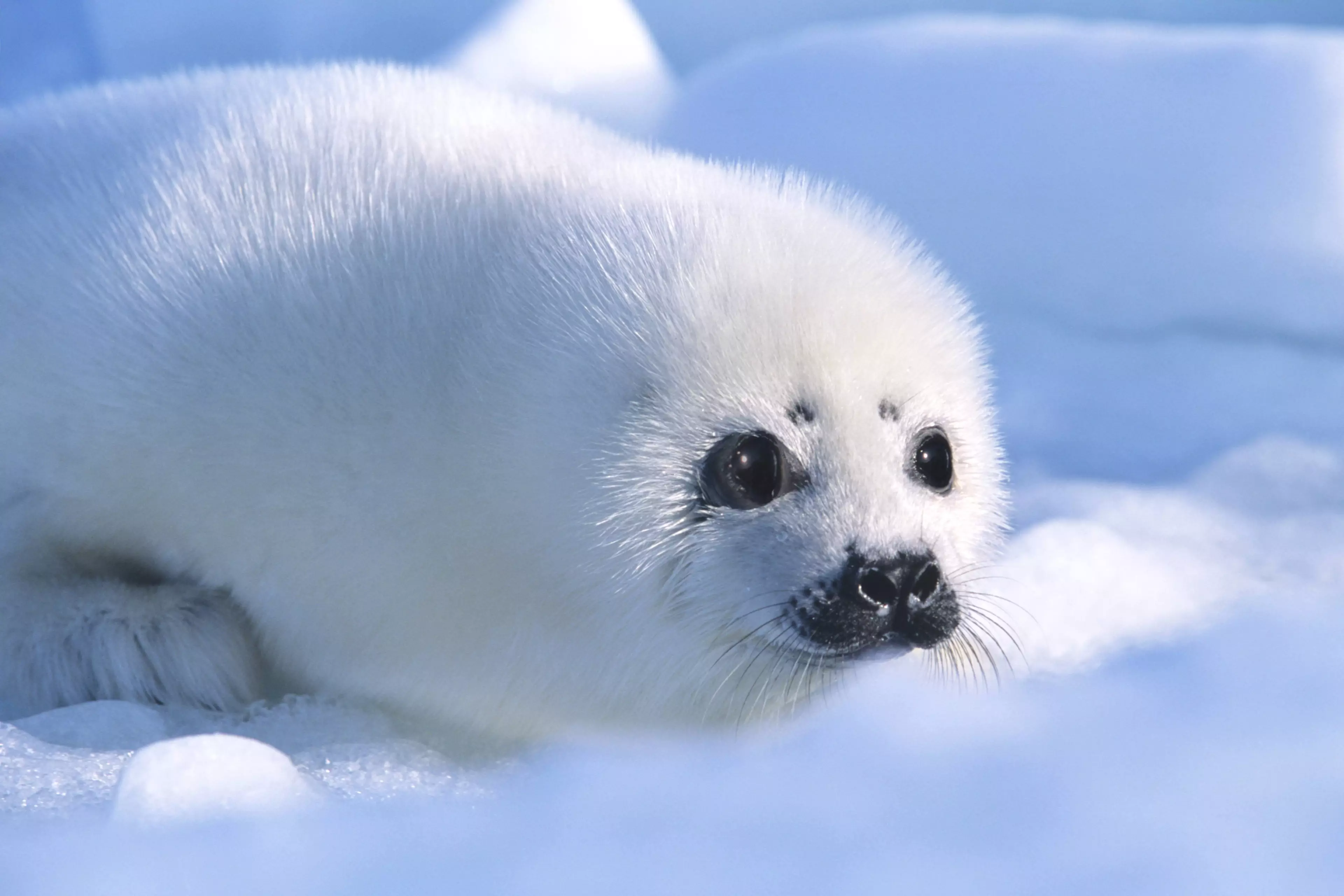
With all of the combined brains at NASA, you'd expect them to be able to figure out most things. However, every now and again something comes up that even the sheer weight of their boffins can't compute.
The other day NASA was observing the sea ice in the Arctic - as part of a decade long programme called Operation IceBridge - when they spotted several small holes in the ice that they had never seen before.
John Sonntag spotted the strange little holes on 14 April while he was scanning the Beaufort Sea at the very northwest of Canada. He took a picture of them so he could show others while the scientists tried to work out what they are.

He said: "We saw these sort of circular features only for a few minutes today. I don't recall seeing this sort of thing elsewhere."
Basically, they are holes in the ice that have new, thinner ice growing where once there would once have been a body of open water.
Nathan Kurtz, who has also worked on Operation IceBridge - NASA's way of keeping an eye on the sea ice from the skies - said: "I'm not sure what kind of dynamics could lead to the semi-circle shaped features surrounding the holes. I have never seen anything like that before."
Nobody has yet been able to come up with a definite explanation for it, but there have been a few theories put forward.
One theory suggests that the holes are made by seals. Seals need to surface above the ice to breathe, so they would gnaw away at the ice until they created the holes in which they could get to the oxygen.

Walt Meier, from the National Snow and Ice Data Centre, said: "The encircling features may be due to waves of water washing out over the snow and ice when the seals surface.
"Or it could be a sort of drainage feature that results from when the hole is made in the ice."
This all seems pretty plausible, but not everyone is convinced.
Chris Sherman, who is a glaciologist - someone who studies snow and ice - at the University of Maryland, thinks that it could be caused by convection.
He explained: "This is in pretty shallow water generally, so there is every chance this is just 'warm springs' or seeps of ground water flowing from the mountains inland that make their presence known in this particular area.
"The other possibility is that warmer water from Beaufort currents or out of the Mackenzie River is finding its way to the surface due to interacting with the bathymetry, just the way some polynyas form."
Get that? Good. Either way, the mystery looks set to continue.
Featured Image Credit: PA